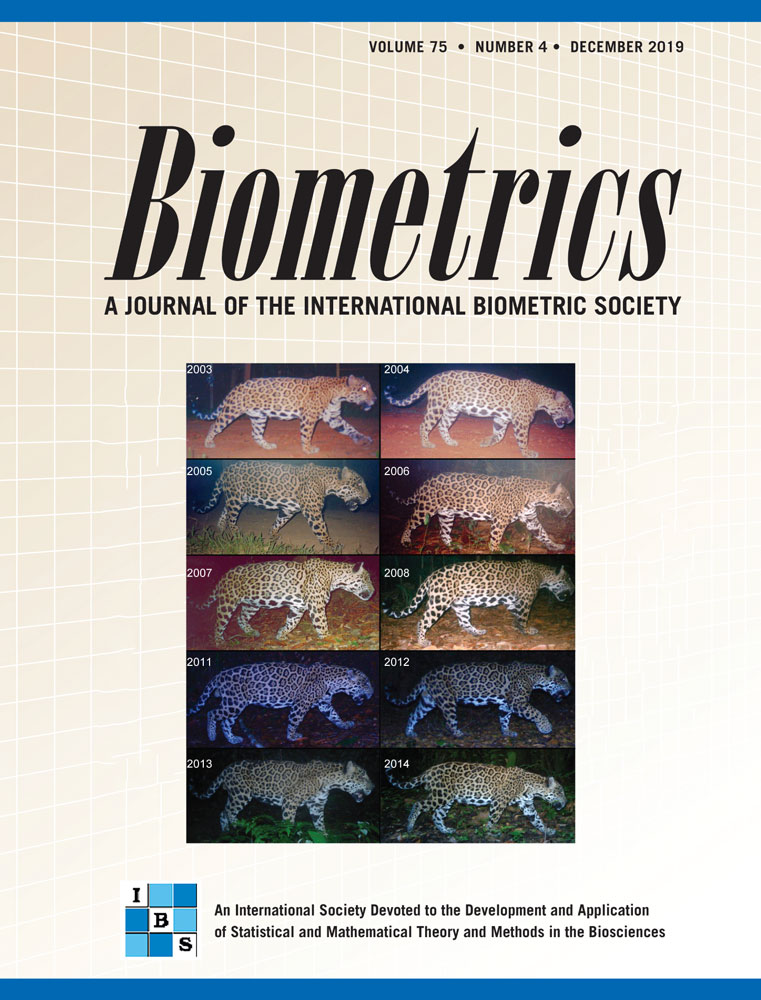Autologistic network model on binary data for disease progression study
Abstract
This paper focuses on analysis of spatiotemporal binary data with absorbing states. The research was motivated by a clinical study on amyotrophic lateral sclerosis (ALS), a neurological disease marked by gradual loss of muscle strength over time in multiple body regions. We propose an autologistic regression model to capture complex spatial and temporal dependencies in muscle strength among different muscles. As it is not clear how the disease spreads from one muscle to another, it may not be reasonable to define a neighborhood structure based on spatial proximity. Relaxing the requirement for prespecification of spatial neighborhoods as in existing models, our method identifies an underlying network structure empirically to describe the pattern of spreading disease. The model also allows the network autoregressive effects to vary depending on the muscles’ previous status. Based on the joint distribution derived from this autologistic model, the joint transition probabilities of responses among locations can be estimated and the disease status can be predicted in the next time interval. Model parameters are estimated through maximization of penalized pseudo-likelihood. Postmodel selection inference was conducted via a bias-correction method, for which the asymptotic distributions were derived. Simulation studies were conducted to evaluate the performance of the proposed method. The method was applied to the analysis of muscle strength loss from the ALS clinical study.




